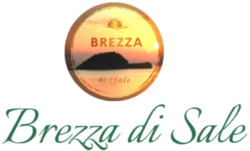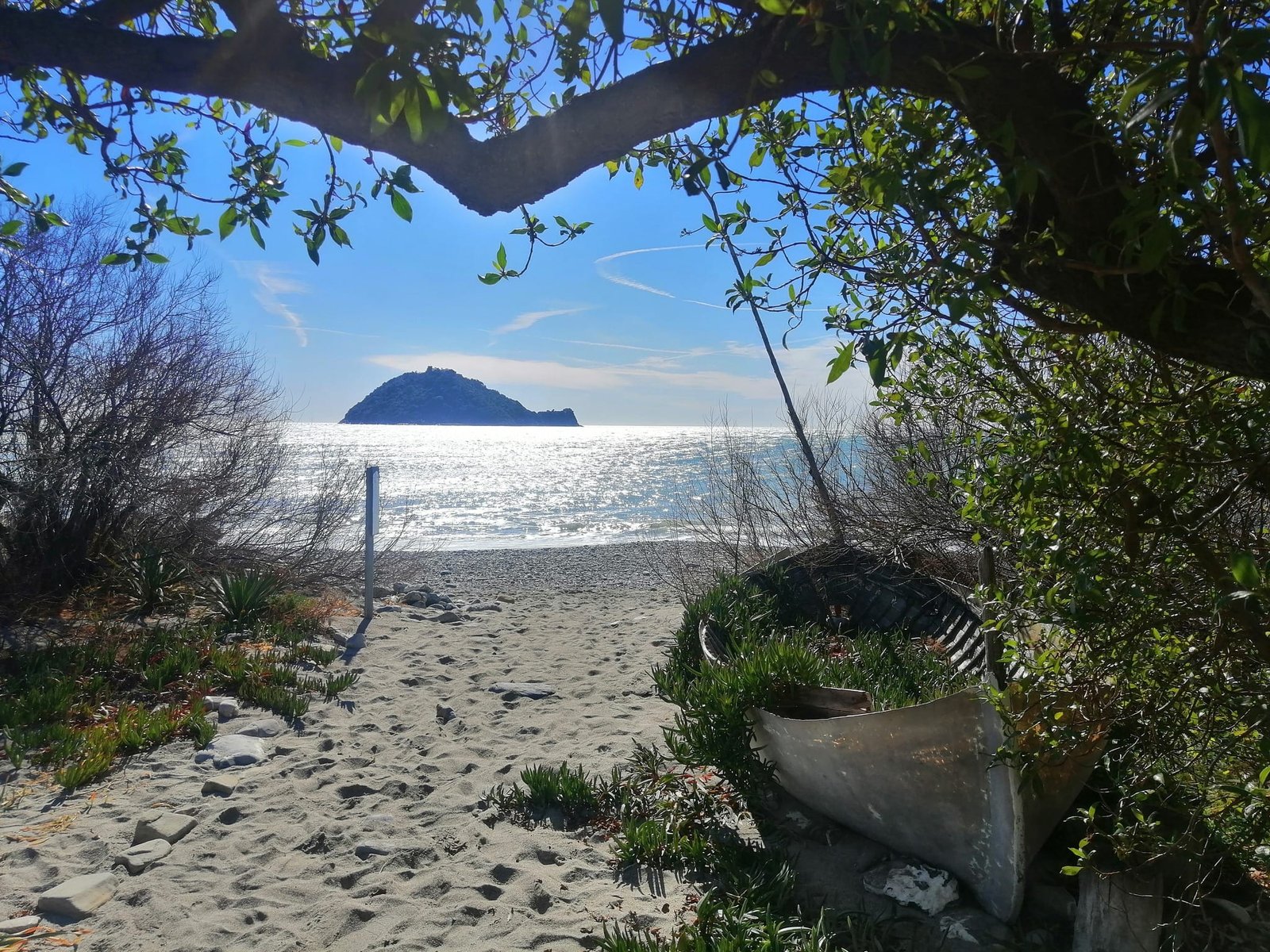Magical Transparencies - The Glasses of Ancient Albingaunum

There is a place in Albenga where light tells the story: it is the permanent exhibition "Magical Transparencies"dedicated to the glass of ancient Albingaunum.
A silent and fascinating journey, where each object brings to life an everyday gesture, a glance, a distant scene.

Only a ten-minute walk from Brezza di Sale, this exhibition is easily reached by a pleasant walk across the bridge Free Emidio Viveri, commonly called Red Bridge on the river Centa.

From there, the gaze can already rest on other Roman remains set in the city landscape: an almost spontaneous first encounter with the ancient soul of Albenga.

The exhibition is located inside Palazzo Oddo and is part of the Ingauno Municipal Museum. But don't expect a simple collection of exhibits: it is a journey through beauty, ingenuity and everyday life.
Each glass displayed reveals the extraordinary refinement of Roman art and takes us into the lives of the ancient inhabitants of Albingaunuma lively and sophisticated maritime city.
The body and beauty
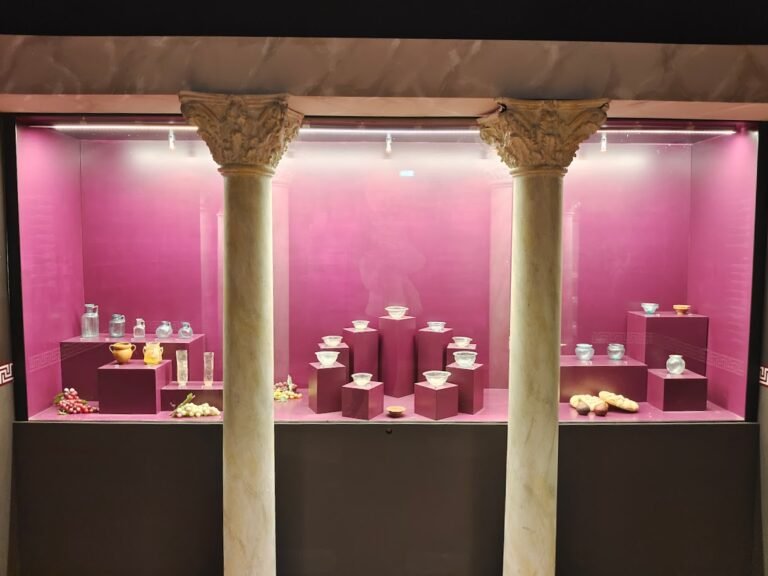
Bottles, ampoules, perfume and ointment containers: objects of personal use that speak of intimacy and self-care.
Glass, in these fragile and light forms, gives us back an elegant and attentive everyday life. The gestures of the past, such as applying make-up or oiling the body, resurface in the transparencies of these artefacts.
Food and Wine
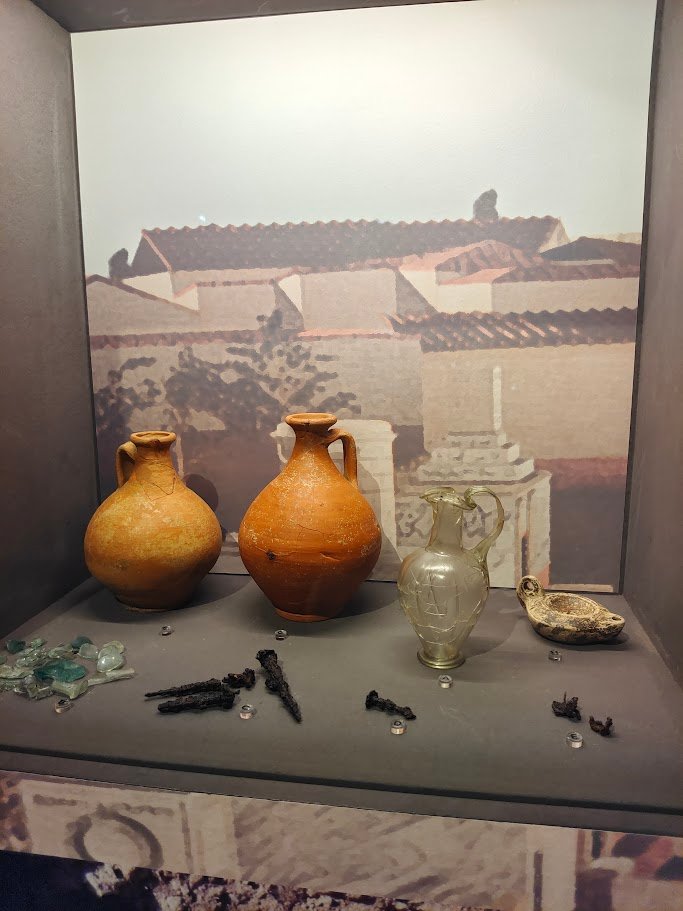
Cups, bottles, glasses, small table vessels: conviviality was an essential part of Roman life. Some objects are simple, others skilfully decorated.
All tell of the centrality of feasting, sharing and the symbolic value of nourishment.
The Blue Plate
Of all of them, there is one object that more than any other catches the eye and ignites the imagination: the Blue Platefound in a funerary context during excavations of the necropolis.
Made of cobalt blue glass by mould casting, smoothed on a lathe and engraved by hand, it dates from the late 1st to early 2nd century AD.
Its surface is decorated with a pearl frieze along the rim and, in the centre, depicts a dancing scene with two Bacchic putti.
Exceptional craftsmanship was required to create such a refined object: the artisan had to be thoroughly familiar with the art of glassmaking and possess a precise sense of balance, light and beauty.
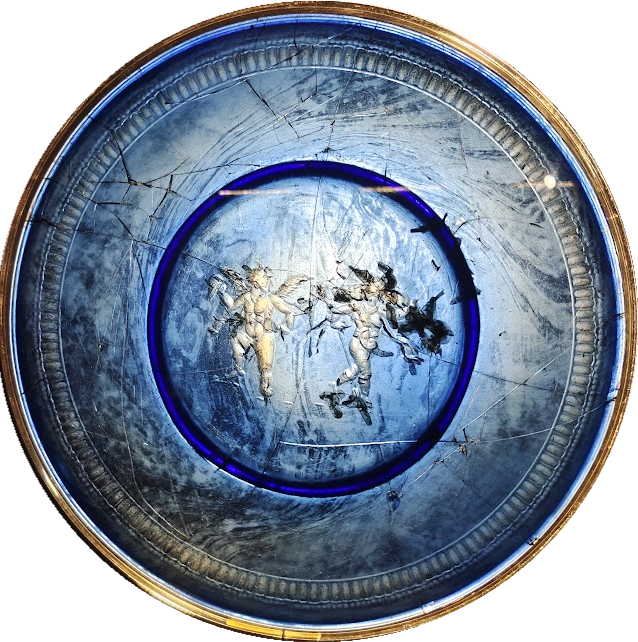
But we can't tell you everything... the blue plate is an object that must be observed in person. It is magical, and only by looking at it with your own eyes can you understand why.
Suggestions from the past
To walk among these showcases is to encounter a civilisation capable of taming fire and moulding beauty. The Roman glassmakers produced not only functional objects, but also forms that still speak to us today. It is easy, during the visit, to imagine the clinking of glasses, the scent of ointments, the light passing through a glass resting on a shelf in an ancient domus.
The exhibition accompanies the visitor in an experience that goes beyond sight: it is a dialogue between epochs, where matter becomes memory.
Useful information
The permanent exhibition is located at the Museo Civico di Albenga, inside Palazzo Oddo, via Roma 58.
Visiting hours:
9.30 – 13.00
15.00 – 18.30
Weekly closing: Monday
You can also purchase tickets for the civic museum network and the archaeological area of San Calocero al Monte.
Contacts:
Tel/Fax: 0182.571443
Email: info@palazzooddo.it
Site: www.scoprialbenga.it
One more piece of advice
We also recommend you visit the IAT Information Office and Accoglienza Turistica di Albenga, located just a stone's throw from the Oddo Palace, at the Civic Tower - Old Palace in Piazza San Michele.
It is the perfect point from which to start exploring the city, receiving maps, useful tips and up-to-date information on events, routes and activities.

📍 Address: Piazza San Michele, 17 - 17031 Albenga (SV) 📸
